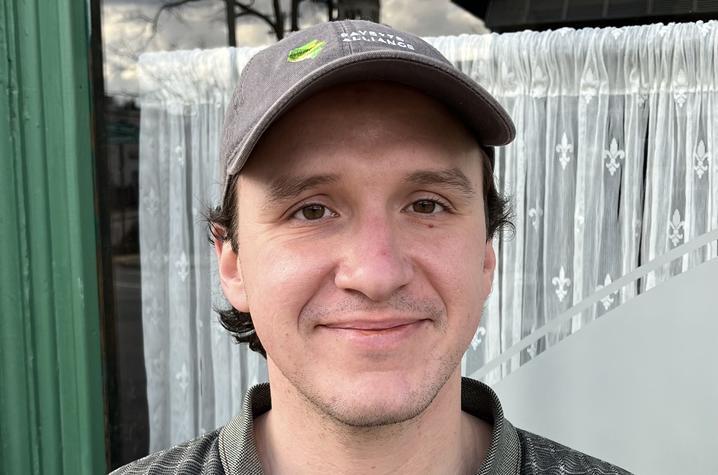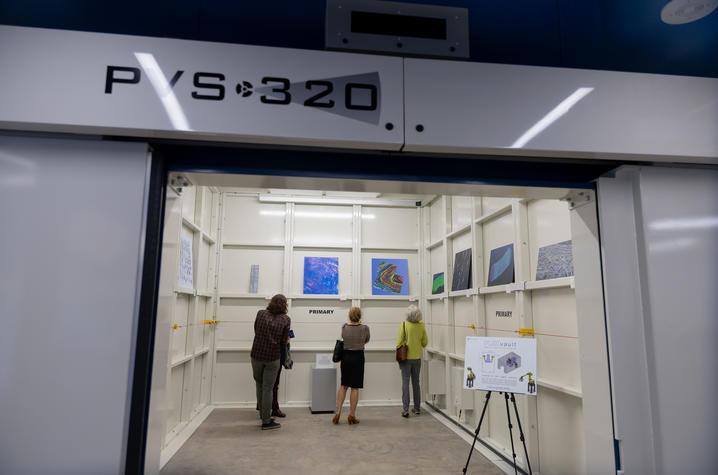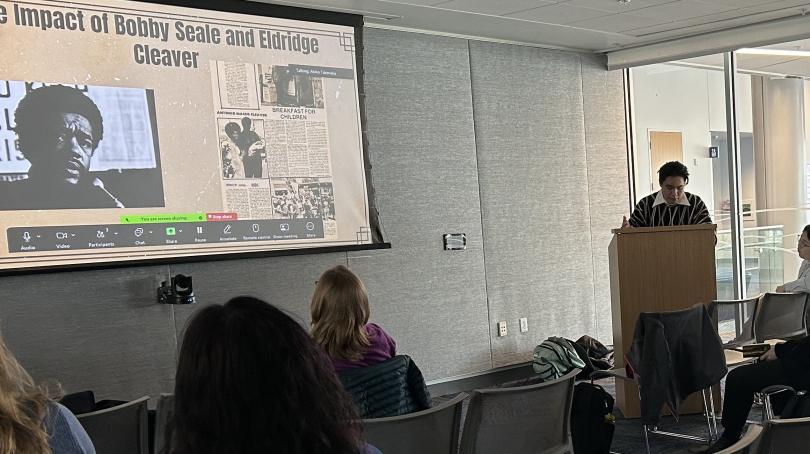Provost IMPACT Award: Chemistry, engineering professors collaborate on research into organic mixed ionic-electronic conductors
LEXINGTON, Ky. (May 1, 2025) — Last fall, the University of Kentucky Office of the Provost announced the second cohort of the Institutional Multidisciplinary Paradigm to Accelerate Collaboration and Transformation awards winners.
Goretti Ntuba: A Cameroonian-American student’s path to graduation through storytelling
By Francis Von Mann and Avery Schanbacher
LEXINGTON, Ky. (April 28, 2025) -- The first stories Goretti Ntuba ever told weren’t written for an audience. They were scribbled in the pages of a schoolgirl’s diary, reflections on home, school and the everyday rhythms of life in Cameroon.

Academy award-winning Arts and Sciences alumnus visits campus to screen documentary
LEXINGTON, Ky. (April 22, 2025) — The University of Kentucky will welcome Academy Award-winning alumnus Paul Wagner on Thursday, April 24, for a screening of his film “Georgia O’Keeffe: the Brightness of Light,” a documentary about American art icon Georgia O’Keeffe. The film stars Claire Danes as the voice of O’Keeffe with narration by Hugh Dancy and features interviews with leading experts on the artist.






